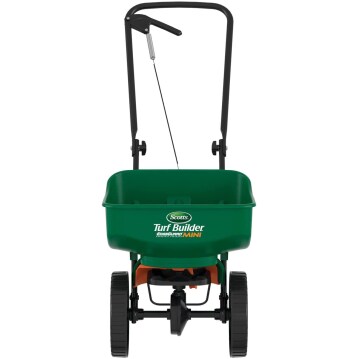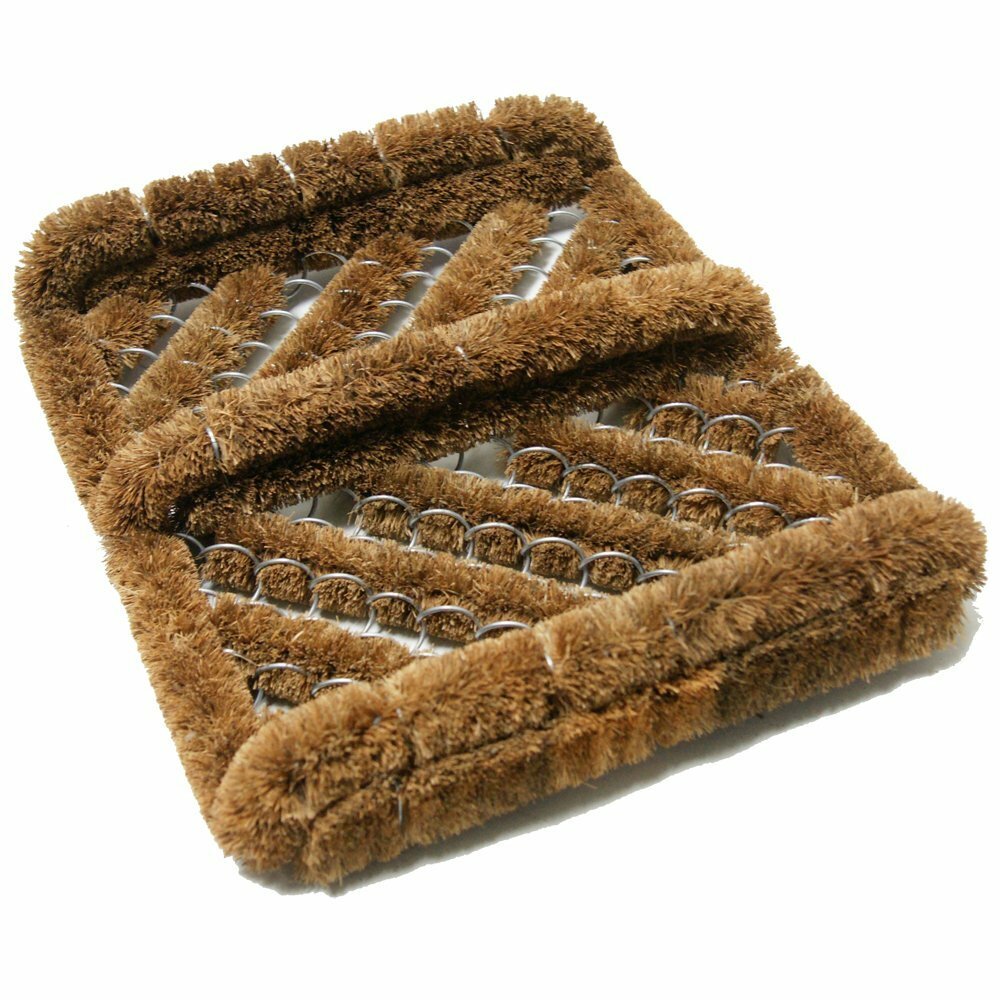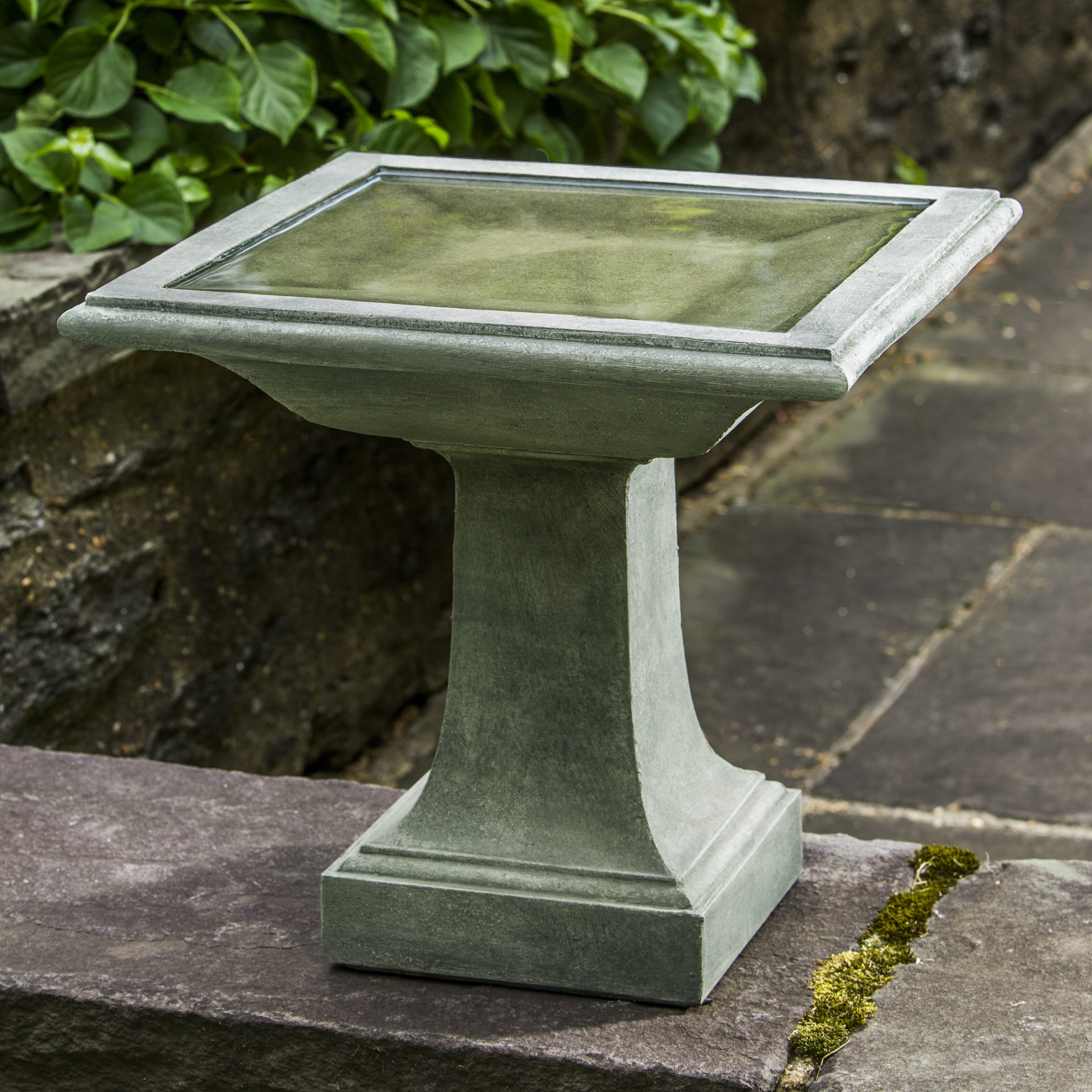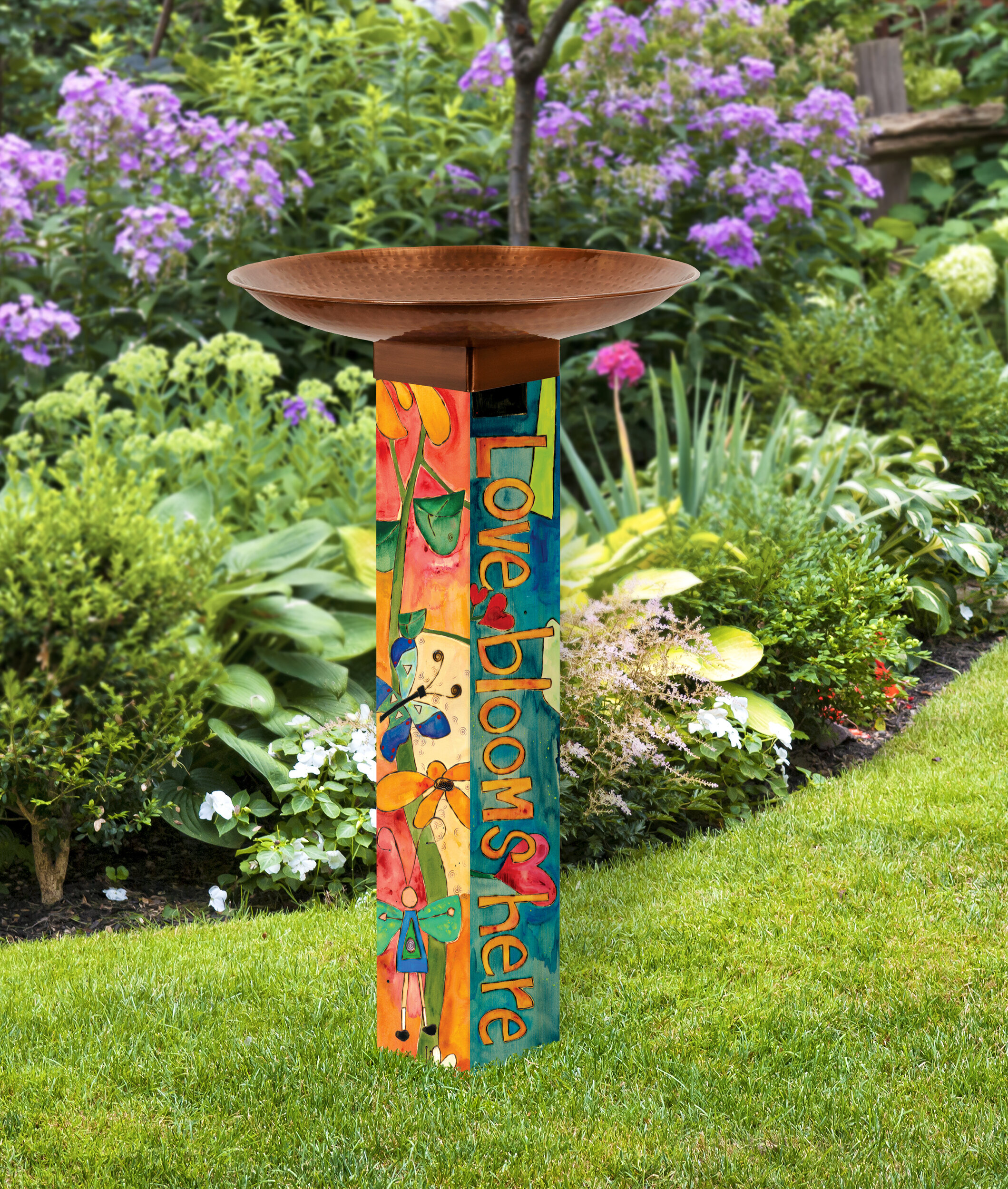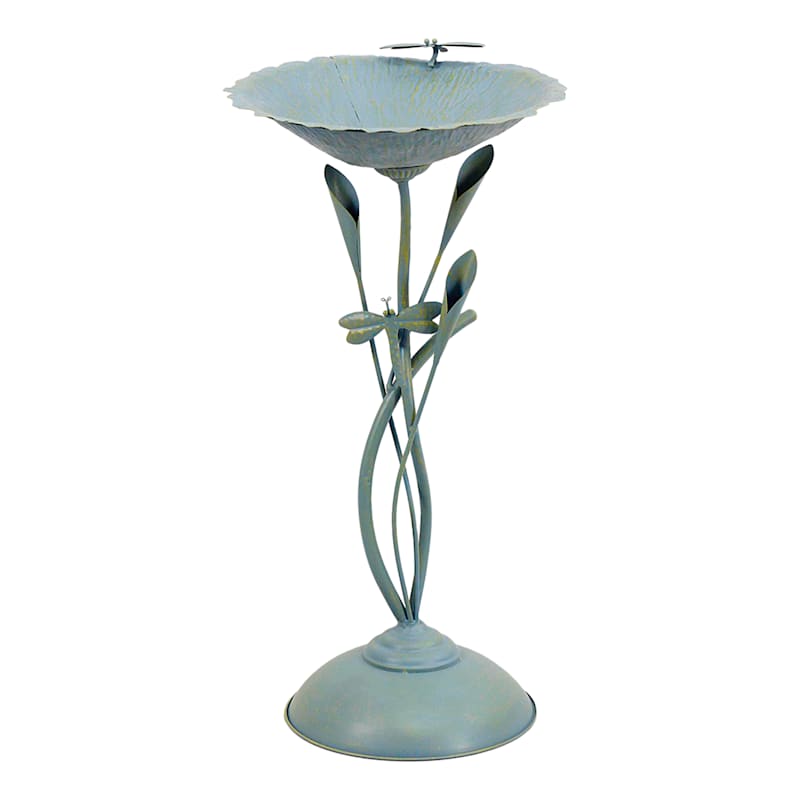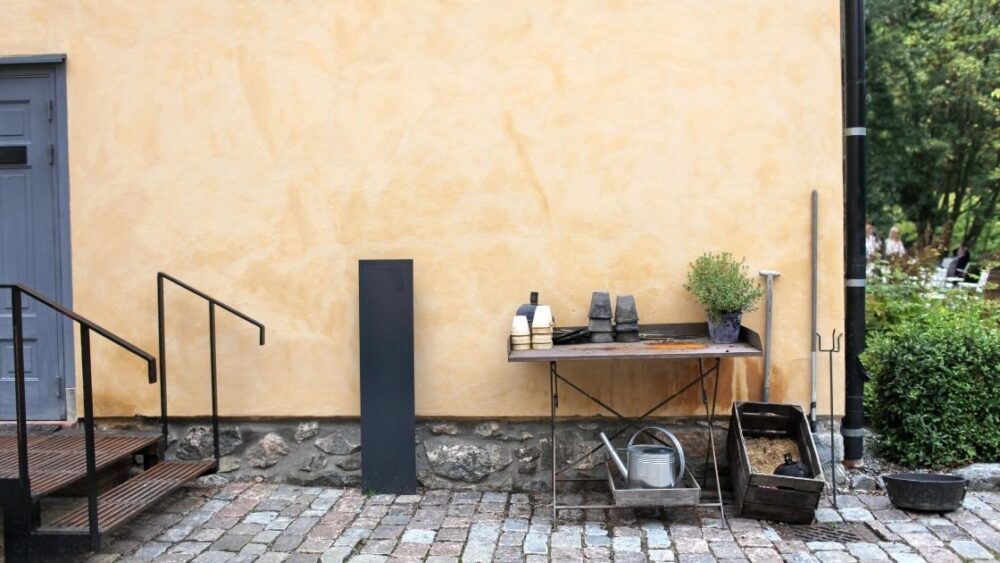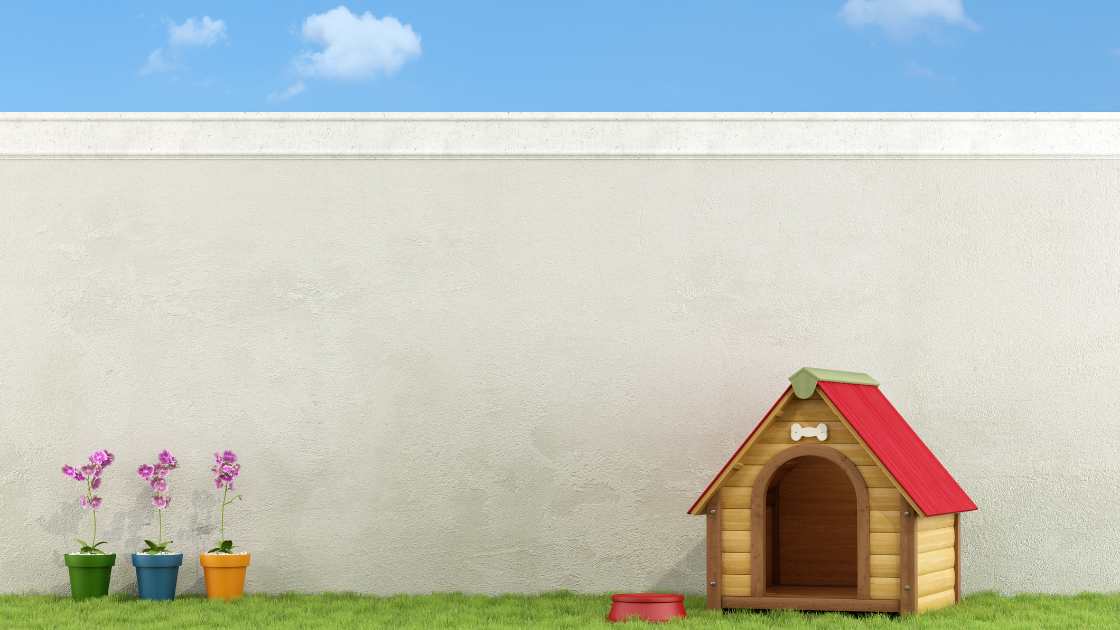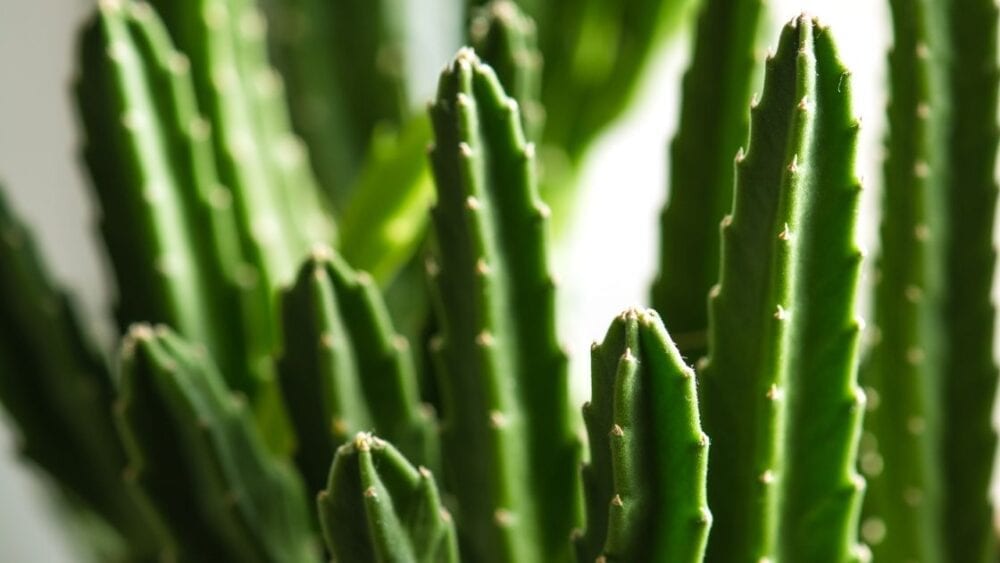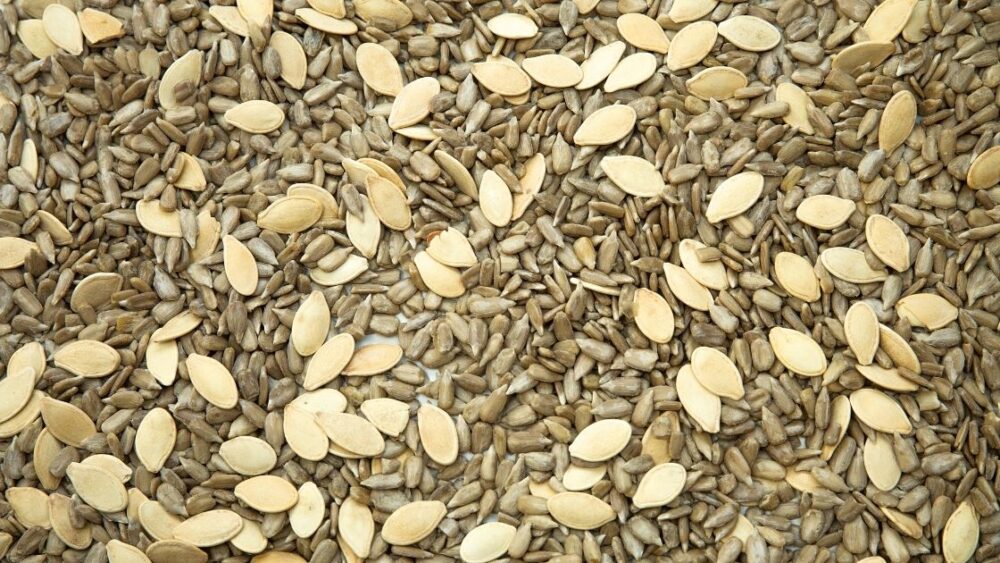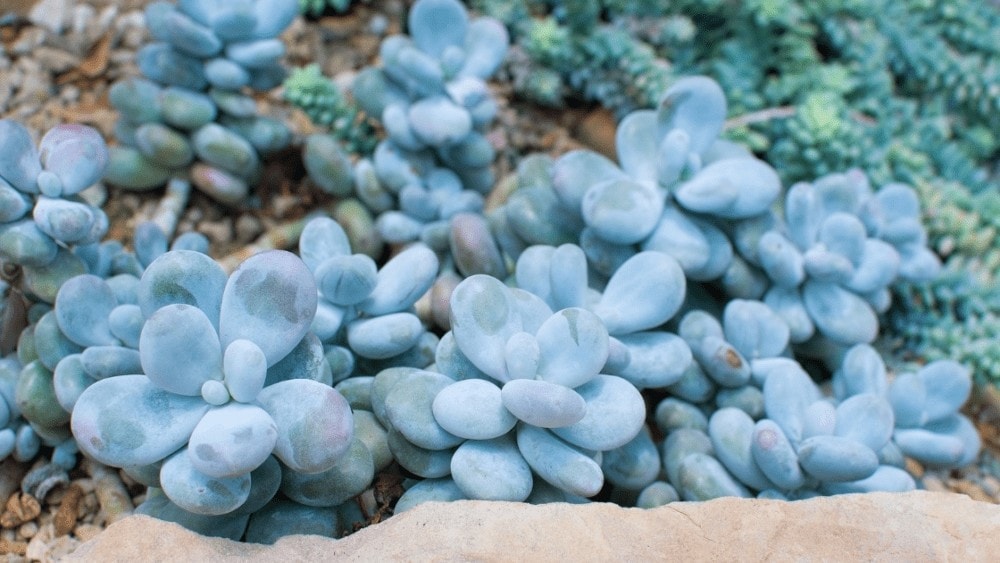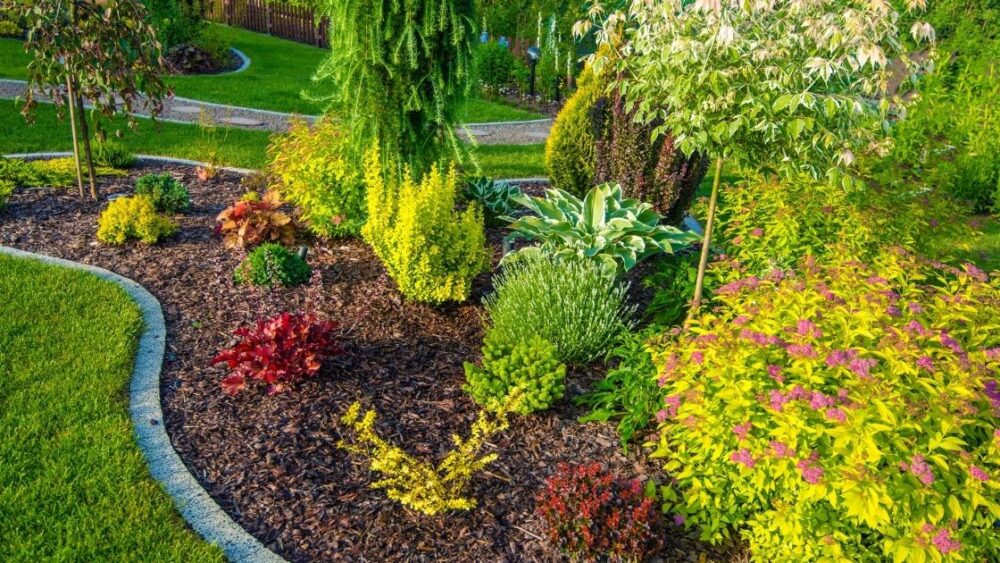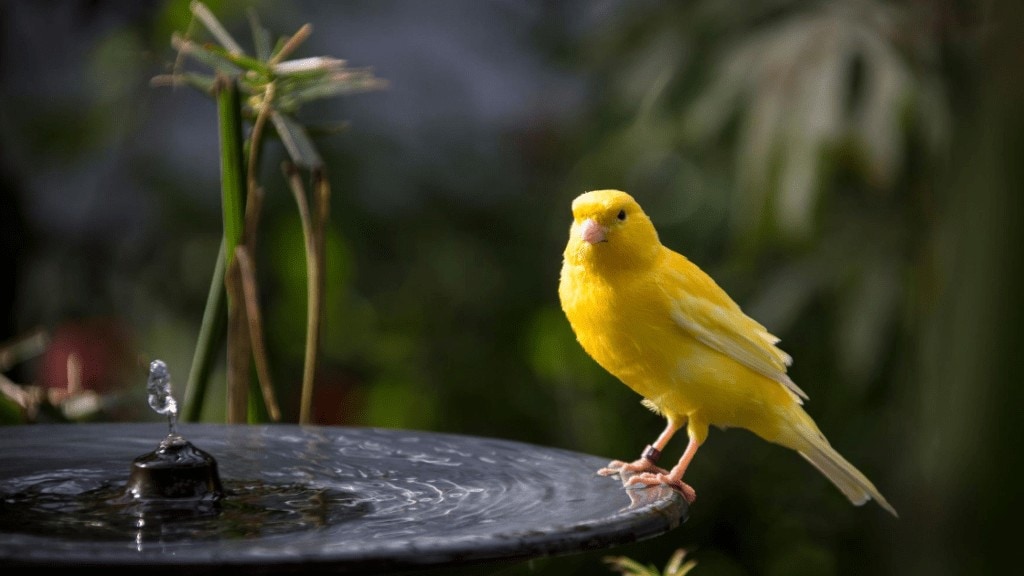
Birds are everywhere we go. They are different sizes and colors but share the same need for fresh water to bathe and drink. You could turn your back yard into their perfect spot to daily fulfill these needs and put a smile upon your face as well. There are many personal and environmental benefits attached to this low-cost activity that make the world a better place. Read on and find out why you need a bird bath and how to go about getting the perfect one for you.
Why should I purchase a bird bath and what are the benefits environmentally and health wise?
Bringing birds into your life is a win-win situation. Birds, just like humans depend on fresh water for survival. They not only drink from it but also bathe. These are basic needs for their survival but also their happiness and wellbeing. With a very simple, virtually effortless addition to our yards, balconies and porches we can make our little friend lives much better.
Bird baths benefits are not exclusive to them. We humans also get our fair share of wellbeing. First and foremost, if you are a nature lover, the sight of them playing will release oxytocin; also known as the love hormone. Oxytocin will help you fight cortisol which is the stress hormone in a very natural way. Their singing and soft giggle is quite a sight that, together with a warm cup of tea, might change your mood for the day.
Browse our Affiliate Products
Environmentally speaking, birds are a key element to the ecosystem around us. They disperse seeds, control insect pests, clear up carcasses, and do organic fertilizing. Helping them to live a better life is indirectly helping the environment through them. Having a bird bath will bring lots of new friends to your yard daily and put a smile upon your face every day.
If your wanting to attract humming birds, check out this article. What Types of Flowers and Feeders are Best to Attract Hummingbirds?
What style do you prefer?
For those of us who have the benefit of a big yard, a classic bird bath can be just perfect. Those with less room for it might find a hanging bird bath to be the best option for their house. Let us go into each type so you can make a better, more informed decision for your home.
Classic Bird Bath
A classic bird bath looks just like a fountain. They consist of a pillar or base (usually 3 feet tall) with a circular pond of about three inches of depth on top of it. There are virtually endless models and materials to choose from and make it match the rest of the backyard.
Some models followed technology improvements and can even include a solar panel to power the dripping or fountain on them. Birds love running water and a simple addition as a dripper might prove to be a game changer. We’ll see it deeper in just a couple of paragraphs but as a spoiler: birds love running water.
Hanging Bird Bath
Hanging bird baths are perfect for those who don’t have a lot of space but want to help our little flying friends anyways. They feature the same pond, usually made in a lighter material and hanging from chains or cords to be 3 feet tall. Don’t worry, we’re going to go in detail through where to put it for an optimum result.
Deck Mounted Bird Bath
Deck-mounted bird baths are held by a clamp that is usually attached to the railing of a deck or other similar surface. This feature keeps the pond suspended at a similar height than the classic and hanging bird baths without the need of a hanging tree or pillar. If you happen to have a front porch with a railing on the deck, you’ll have a feast for your senses with the number of flying friends coming to visit you.
Ground Bird Bath
The same pond you can hang from a tree or clamp to your railing can be set on the floor. Usually, ground bird baths are made of terracotta or some solid, heavy material to prevent birds’ weight from turning it upside down.Choosing a Location for Your Bird Bath
Choosing a Location for Your Bird Bath.
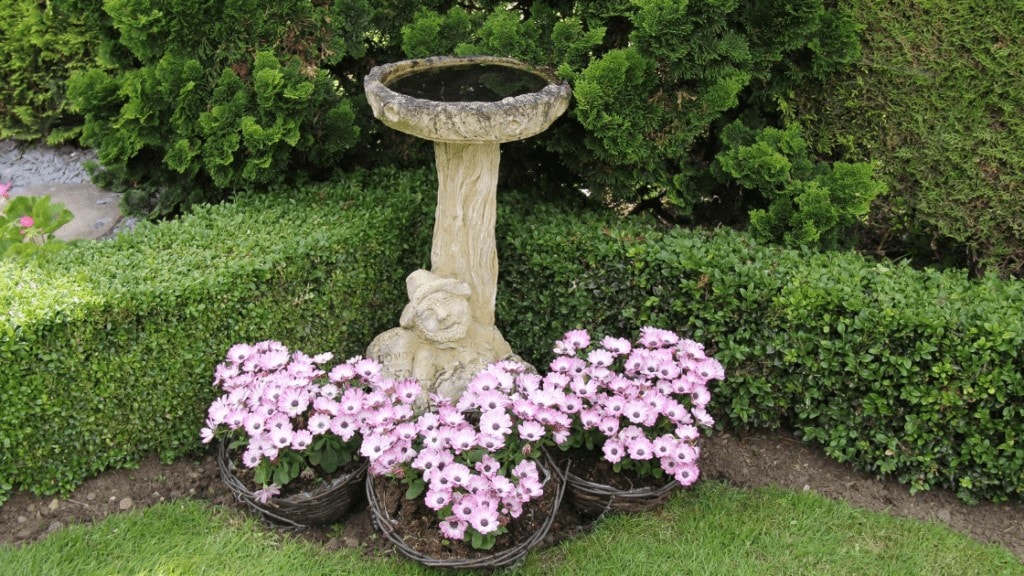
The perfect location for a bird bath changes from one type to the next. While all fulfill the same purpose, the way they do it is different and so should be its positioning.
Classic Bird Bath
This is the most common type of bird bath out there and should be positioned next to plants and trees so that birds can use it for shelter. It is important not to position it under the direct sun to avoid the proliferation of algae inside.
Hanging Bird Bath
The positioning of a hanging bird bath depends mostly on the possibility of hanging it from a taller surface. Most people do it with tree branches which give birds closeness, shade and shelter.
Deck-mounted Bird Bath
This should be kept in the shade as well as close to shelter and food.
Ground Bird Bath
This is a special kind of bird bath and needs to be placed somewhere that is plain terrain in which birds can see potential predators coming. For example, if there are cats in your house or neighborhood, they will only go to the ground bath if they have enough clean visibility to see them coming.
What plant and trees should you have around your bird bath?

There are no specific plant names we can name here because the list is too long. What you should bear in mind is that they need food and shelter besides water. My favorites to do that are sunflowers and lilac bushes. They can feed on the first and find shelter on the second. Truth is that every ecosystem has its own kinds of birds compatible with the plants of the area; following the idea of food and shelter you can’t go wrong.
Also sometimes wildflowers make a world of difference attracting wildlife. Check out this article here. Do Wildflower Seeds Grow if I Throw Them on the Ground?
How to maintain the bird bath?
Bird baths just like human baths need cleaning and maintenance. Don’t worry, you won’t have to call a plumber often or spend a ton of money on it; it is just a matter of keeping it clean and appealing. Let’s go through the steps to have the perfect invitation for your new flying friends always open.
Clean Water
This might seem as a no-brainer, but you’ll be amazed at how many people don’t change the water on their bird baths. Birds need fresh water just like we do; “if you wouldn’t drink from that water, neither will they.”
Change Water Every 3 Days
Changing the water every three days helps keep away unwanted insects such as mosquito’s. Also, it helps to clean any debris that might be in the pond before they rot. A clean bird bath will assure you they will choose your yard rather than the neighbors.
Algae Free
There are several ways to keep the bird bath algae free. The one my grandma used to use was just keeping her “lucky coin” inside. They must be pure copper coins which stopped being issued in 1982. You can also replace it with a small copper pipe. Changing the water daily and adding something to make the water move (dripper or pump) will help a lot too.
Best Location for Your Bird Bath
As addressed above, each type of bird bath has its best spot to be at. Generally, you might think close to food and shelter and away from direct sun.
Bird Bath Protector
Cleaning your bird bath with harsh chemicals will get in between your intentions and their outcomes. You don’t want to expose your new friends to drinking chemically filled water. The bird bath protector is a carefree enzyme solution created to protect the surface of the bird bath and not damaging the birds. Another option coming straight from grandma’s book is one-part vinegar and nine parts water for a thorough cleaning.
Sterilize Water Twice a Year
My grandma’s tricks will only help you so far in keeping the pond clean and safe; you need sterilization twice a year. It is important that you cover the bird bath while treating it so you can avoid poisoning other animals. Use chlorine on it, let it work for ten minutes and then rinse thoroughly several times until all traces of chlorine are gone (you can no longer smell it). Repeat in spring and autumn.
How to start attracting birds to your bird bath?
The first step is to get your bird bath and then you need to grow its popularity. According to experts, birds have a strong communication among them and will tell others how clean, comfortable and how easy to access is your bird bath. The better it is for them, the more flying buddies you’ll welcome to your home.
Keep The Water Bath Low
Most natural sources of water are on the ground. Hence, most birds look for it at that height. The perfect place for a bird bath is the ground but they won’t go there unless the area is clear. A good solution is to locate it at about one foot from the ground.
Keep it Shallow
Birds don’t bathe in deep water; it is just a fact of nature. Hence, if your bird bath is over two inches deep you can level it up adding some pebbles on the bottom. Some people add a big stone to the middle for them to sit on as well.
Good Footing
You should stay away from glazed ceramics when choosing your bird bath. In order to feel safe when bathing they need to put their tiny feet on solid ground and not any kind of slippery material.
Cover Nearby
Fleeing from danger is important for birds. Thus, having a plant or tree near but not too close to fly from and to is something they will cherish deeply.
Shady
On hot days, birds bathe to clean up but also to lower body temperature. Placing your bird bath on a shady spot will help the water stay cooler and evaporate slower too.
Moving Water
According to experts, moving water attracts up to ten times as many birds as still water. It also helps fight mosquitoes, algae and keep the water cleaner.
Rocks on the Bottom
Juvenile birds that come out in spring after nesting season are even more afraid of predators than their elders. Placing a large rock and some others in the bottom of your pond helps them be more confident and not only drink but also bathe in your bird bath.
Add a Fountain
Out of all the manners of moving the water in your bird bath, a fountain is the best. The splashing sounds alone will attract more birds and have a soothing effect on you too. Besides, they are aesthetically beautiful to take your yard to the next level.
Final Thoughts
The cost to maintain a bird bath even being the fanciest in the market is very low. In return for this favor to many species they will grant you lots of moments of joy and relaxation. You can change the location of the bath, the styles of bath but the costs, next to the environmental and health benefits will always be utterly low.
A bird bath will improve your life quality and that of those surrounding you. Don’t deny yourself years of joy while helping others; get a bird bath and start enjoying it today.


